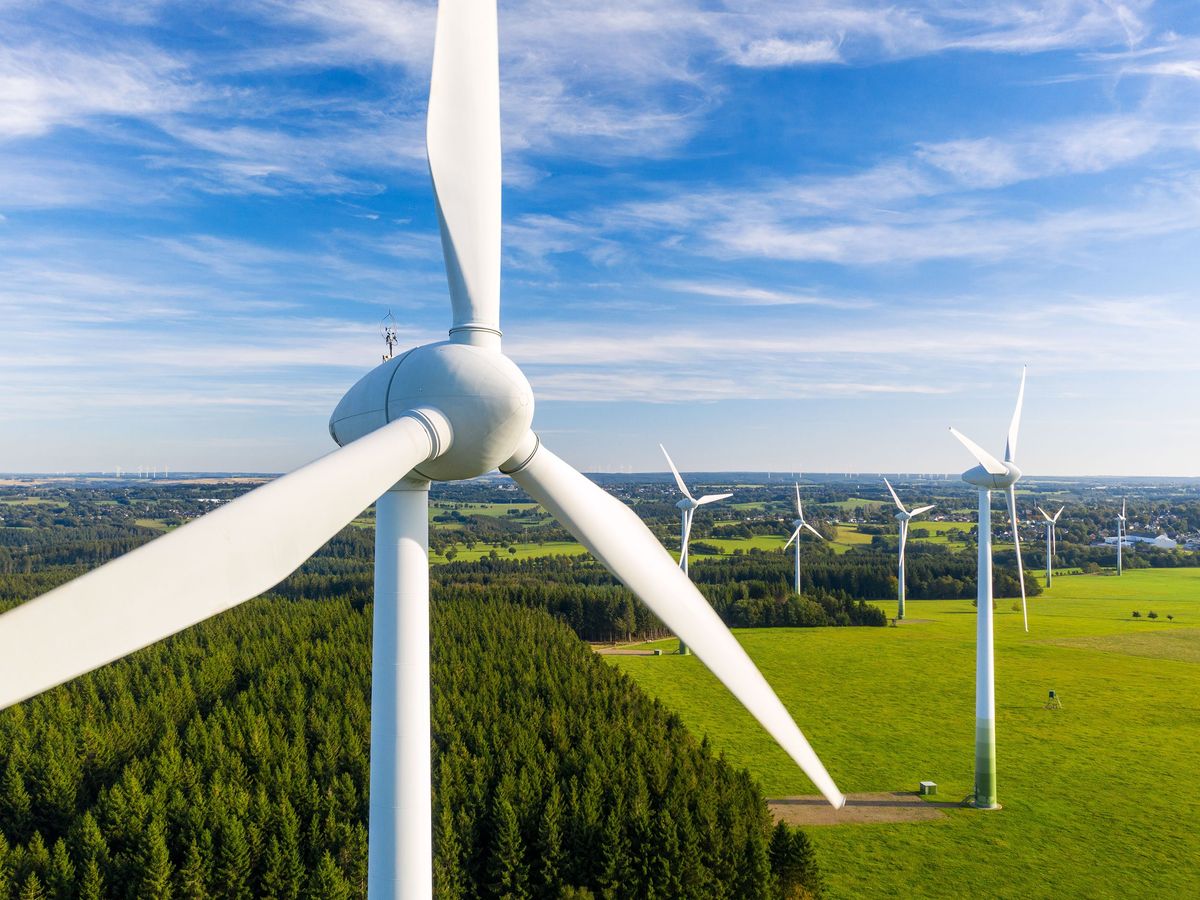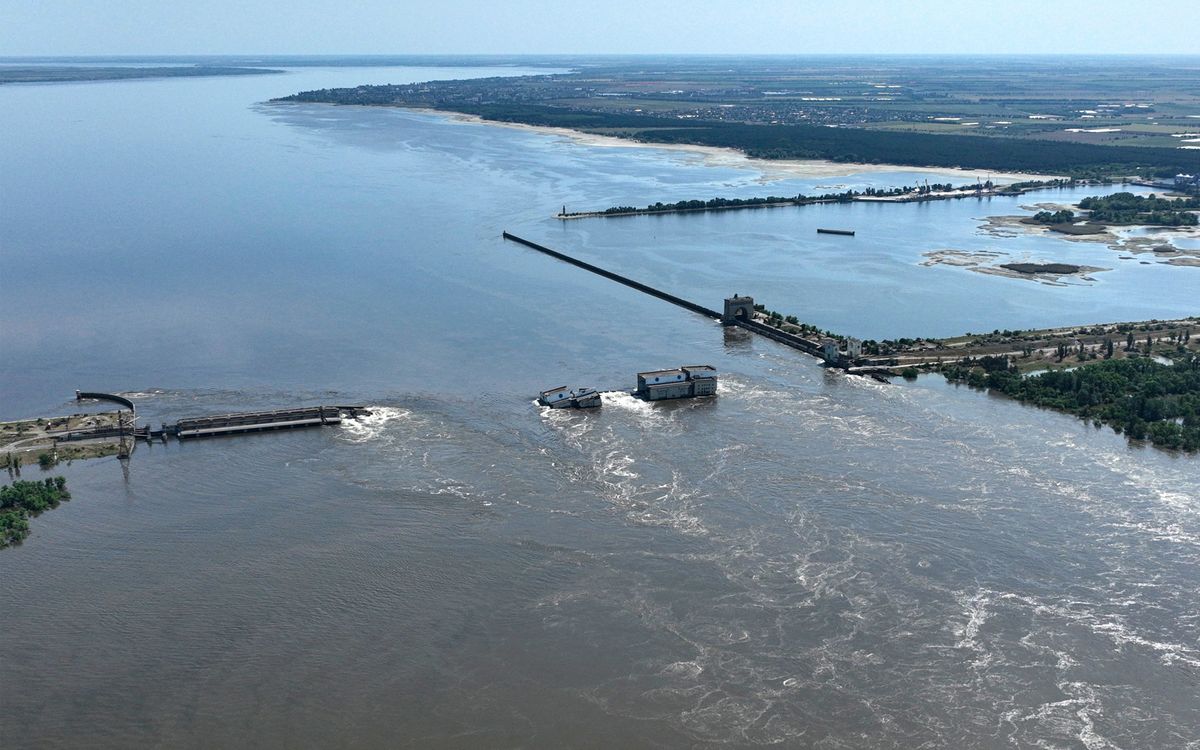Yesterday's unanimous U.S. Supreme Court decision rejecting a state suit against electric power companies crosses political lines in complicated ways. Brought in 2004 by six states, New York City, and three land trusts, it sought to force utilities to reduce greenhouse gas emissions; it had the support of environmental groups and was strenuously opposed by the electric power industry. Yet the decision is being hailed by the Obama administration as a victory, because it wishes to keep regulation of greenhouse gas emissions firmly in the control of the Environmental Protection Agency. And environmentalists, even in tactical defeat, are taking it as a signal for EPA to proceed forcefully. "Now the EPA must act without delay," said NRDC attorney David Doniger, who had supported the suit. "In this case," commented the Financial Times, "the EPA found itself in the rare position of being supported by the big coal companies."
The bottom line would seem to be this: In unanimously upholding EPA's authority in the domain of climate change, the court is reaffirming its 2007 decision that EPA could regulate greenhouse gases and should in fact do so if scientifically warranted. The 2007 decision has been challenged by states like Virginia, and House Republicans have introduced a bill instructing EPA not to regulate greenhouse gases. Yesterday's decision indicates that state challenges to the 2007 decision will not stand, and it takes political wind away from the sails of those seeking to block EPA action.
NOTE: In at least one earlier blog post, I incorrectly reported that former justice Sandra Day O'Connor was the swing vote in the 5-4 Supreme Court decision on carbon regulation. In fact, O'Connor had already left the court, and Bush appointees Alito and Roberts were already on the court. So the liberal-conservative political balance on the court is essentially the same today as it was then, contrary to what I suggested before.



